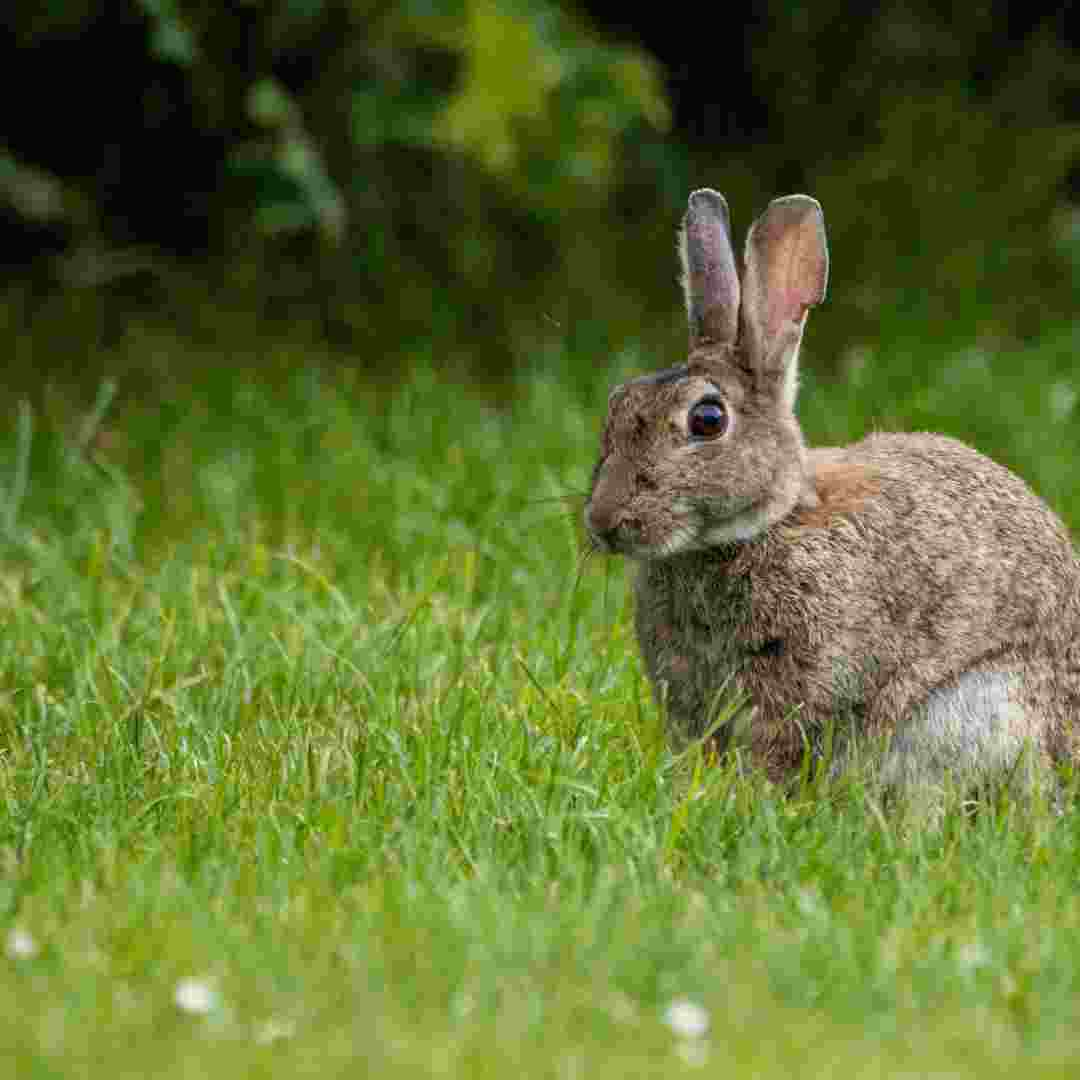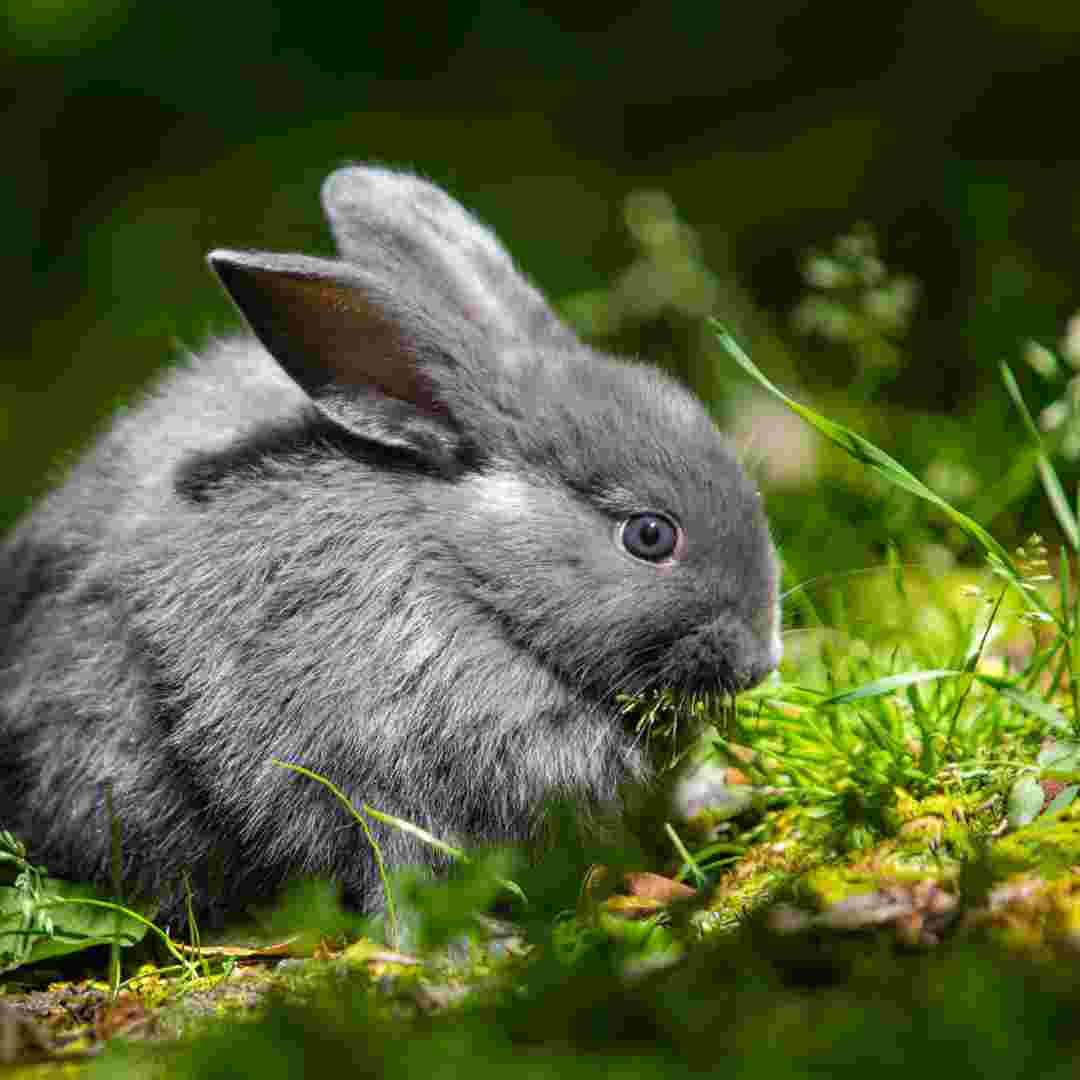Contents
Introduction
Rabbit Birth Anatomy: Expectations
Rabbit Birth Preparation
Benefits of Natural Rabbit Birth
Newborn Rabbit Litter Care
Common Rabbit Birth Complications and Treatment
Q&A
Conclusion
Introduction
The mother and family are thrilled when a rabbit gives birth. Rabbits breed quickly, and a mother can have up to 12 kits in one session. A safe nest constructed by the mother rabbit is where she gives birth. Mother rabbits clean, groom, and feed their kits during birth. After birth, the mother rabbit cares for the kits until weaning.
Rabbit Birth Anatomy: Expectations
Rabbits reproduce quickly and give birth easily. To give your rabbit the best care, you must know the signs and phases of labour.
First stage of labour is pre-labor. Rabbits may become restless and have larger abdomens during this time. She may also pluck her abdomen fur and nest. It can take hours or days.
Active labour is the second stage. The rabbit will push and strain to birth her kits. Minutes to hours can pass during this stage.
Post-labor is the third stage. The rabbit cleans her kits and expels the placenta during this period. Eating the placenta is normal and helps her recuperate from birth. Minutes to hours can pass during this stage.
To prevent distress, monitor your rabbit during birth. Call your vet if you have significant straining or bleeding.
After giving birth, your rabbit will need to be followed for a few days to ensure healthy recovery. Sleep and a peaceful environment are essential for her.
Understand the phases of labour and plan to care for your rabbit to make the birthing process as smooth as possible.
Rabbit Birth Preparation
Rabbit birth preparation is fun and fulfilling. It's crucial to know the dangers and consequences of delivery. This page covers safe and successful delivery steps.
Rabbit labour indicators must be understood first. Restlessness, nesting, and appetite loss are examples. Please contact your vet immediately if you see any of these indicators. Your vet can help you prepare for birth and track labour.
Second, keep the mother and her kits safe and comfortable. Give the mother a warm, dry, draft-free place to give birth. It's also crucial to remove sharp objects and electrical wires.
Third, adequate supplies are essential. Clean towel, scissors, and bulb syringe. Also, carry a thermometer and heating pad in case the mother or kits are too chilly.
Fourth, stand ready to help the mother. Identifying issues like a retained placenta or prolapsed uterus is important. These problems require rapid veterinary attention.
Final advice: be patient and understanding during birth. Maintaining calm and support during rabbit delivery can take several hours.
Following these instructions will ensure a safe and effective rabbit and kit delivery. Prepare and understand to make rabbit childbirth as stress-free as possible for you and your rabbit.
Benefits of Natural Rabbit Birth
Both the mother and her offspring benefit from natural rabbit birth. A rabbit gives birth naturally without medical intervention. This helps the mother and her child in many ways.
First, natural delivery gives the mother rabbit a safe and comfortable birth. Natural birth lets the mother rabbit choose a calm, safe place to give birth. This helps women feel safe and secure throughout birth, reducing tension and anxiety. Natural delivery allows the mother rabbit to give birth at her own pace, reducing problems.
Second, natural birth gives babies a healthy, natural environment. The mother rabbit may feed and care for her babies during natural birth. Natural birth also protects the baby from infection and sickness by delivering them in a clean environment.
Natural birth helps mother and child bond and create a strong relationship. The mother rabbit can care for her children and build a close attachment during natural birth. This link can help mothers and children build lifelong bonds.
Natural birth has many benefits for mother and child. Natural birth allows the mother rabbit to give birth safely and comfortably, gives her babies the nutrients and care they need to thrive, and helps them bond. Considering natural birth is vital while caring for a rabbit.
Newborn Rabbit Litter Care
Newborn rabbit litter care needs patience and effort. To keep babies healthy, they need a safe and comfortable environment. Newborn rabbit litter care ideas are here.
Check the mother rabbit's health and food and water intake first. Seek veterinary attention quickly if the mother is sick.
Second, create a warm, safe, and comforting neonatal environment. The nest should be lined with hay or straw and heated to 65–75 degrees Fahrenheit.
Third, watch the litter for disease or injuries. Seek veterinarian attention promptly if any infants appear sick or wounded.
Fourth, feed babies a nutritious diet. Provide hay, fresh vegetables, and commercial rabbit feed.
Handle babies softly and carefully. This will familiarise them with humans and help them bond with their mother.
You can keep your newborn rabbit litter healthy and happy by following these guidelines. The litter will become healthy, happy adult rabbits with adequate care.
Common Rabbit Birth Complications and Treatment
Several variables can complicate rabbit birth. Rabbit owners must know how to handle childbirth problems.
Rabbit birth problems include dystocia, or difficulty giving birth. The litter size, mother size, and baby position can induce this. Dystocia should be reported to a vet immediately. To deliver the litter safely, the vet may physically reposition the babies or perform a caesarean operation.
A dead foetus is another prevalent issue. If the foetus dies in pregnancy or the mother cannot deliver it, this can happen. The owner should consult a veterinarian about a dead foetus. Occasionally, the vet can manually remove the foetus. Medication may assist the mother expel the foetus in other circumstances.
The mother rabbit may haemorrhage postpartum. Leaving the placenta in the mother's body after birth might cause this dangerous disease. A veterinarian should be contacted immediately if postpartum haemorrhage is suspected. Vets can manually remove placentas or give mothers medicine to expel them.
Rabbit birth is complex, and owners should be aware of the risks. For safe litter delivery, the owner should contact a veterinarian promptly if any of the above issues are detected.

Q&A
1. How long does rabbit labour?
Rabbits gestate for 28–31 days.
2. Can a rabbit have how many offspring?
One litter can produce 1–14 rabbits.
3. How does a rabbit give birth?
Rabbits deliver rapidly and unassisted. Baby cleaning and safekeeping are normally done by the mother.
4. How quickly can rabbits conceive again?
A rabbit can conceive again two weeks after giving birth.
5. Are baby rabbits with their mothers for long?
Mother rabbits raise their young for 8-10 weeks.
Conclusion
The mother and her litter celebrate when a rabbit gives birth. Mother rabbits provide warmth, nutrition, and protection to their offspring. The infants will grow swiftly and be ready to go out on their own. The mother rabbit and her brood will thrive with proper care.
